Overview
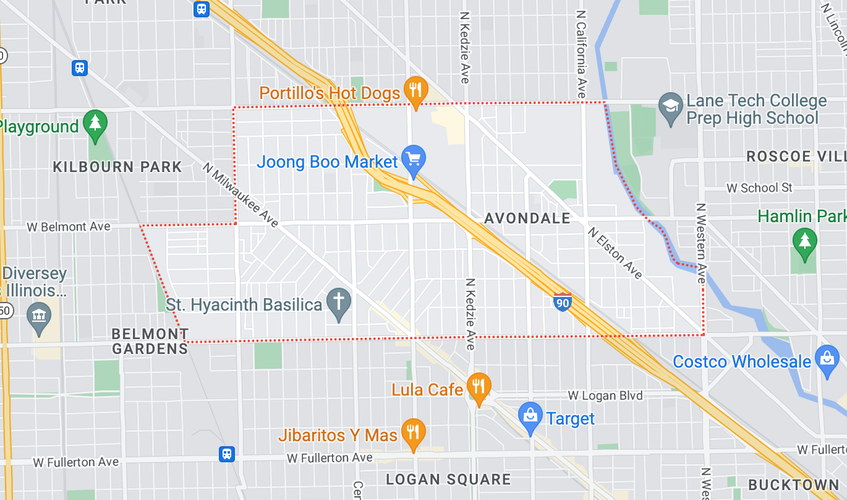
Population of the Avondale Community Area: 36,000 people (source: https://www.cmap.illinois.gov/documents/10180/126764/Avondale.pdf)
It is important to note that Avondale is the name given to both Chicago’s 21st Community Area and a specific neighborhood contained within it. Most readily available population statistics, presented by the City of Chicago, narrow down population metrics to the community area level. As a result, the city’s statistics do not reach enough of a granular picture to gather the population of the neighborhood itself.
Avondale’s identification as a landmark site of Polish Chicago stems in large part from the cultural institutions established by and for Polish immigrants to the city. From the early stages of Polish migration to Chicago, Catholic parishes played a central role in community formation. Two of the major Polish churches in Chicago, St. Hyacinth’s Basilica and St. Wenceslaus Church, are located in Avondale.

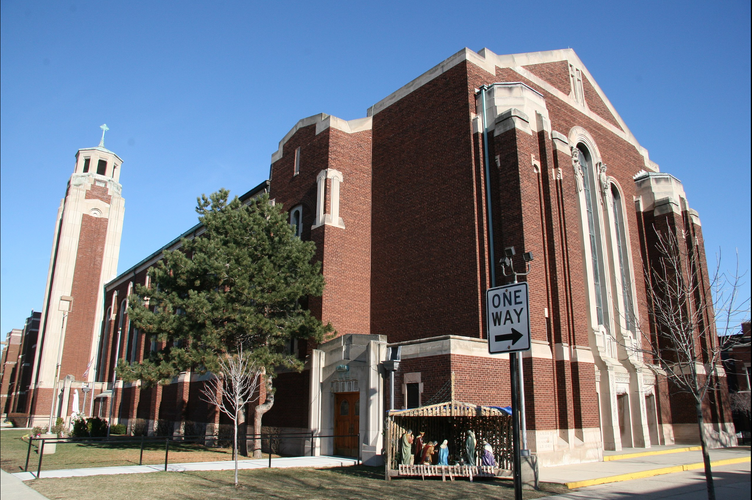
As a relic of its working class and industrial past, there are many remnants of old factories and warehouses that continue to stand out among the neighborhood’s landscape. Some of these facilities have even been restored and converted to residential uses. An example of this is the old Dad’s Root Beer Factory, which today has been repurposed as a condo development.
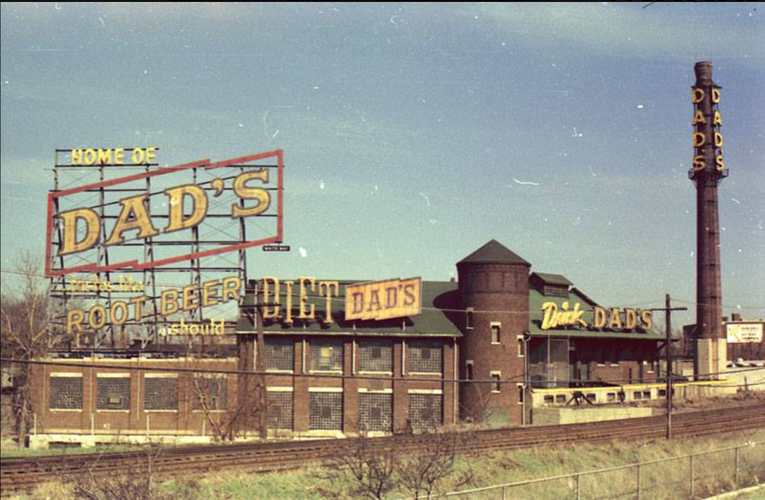
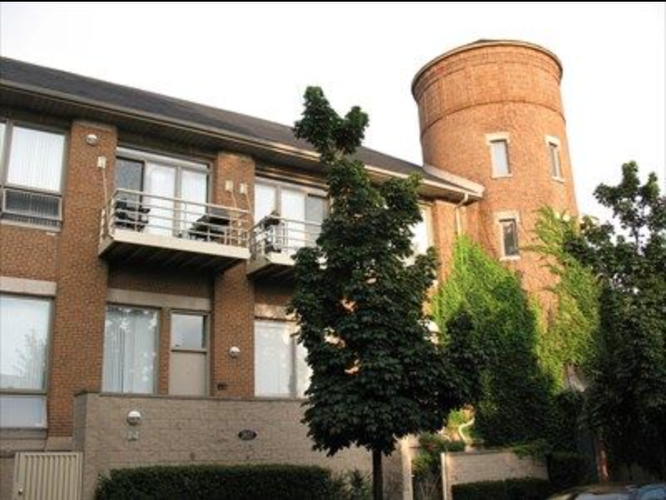
The more recent influx of Latin American migrants has also left its mark on Avondale, with different types of Latin American (chiefly Mexican and Puerto Rican) restaurants, businesses, and other institutions. One that stands out is the Puerto Rican Arts Alliance, which promotes Puerto Rican culture and musicals heritage while engaging the surrounding community through concerts, apprenticeship programs, and other initiatives.
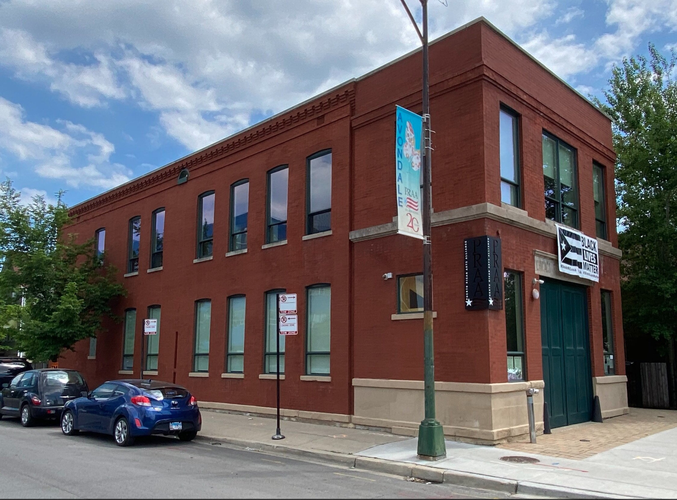
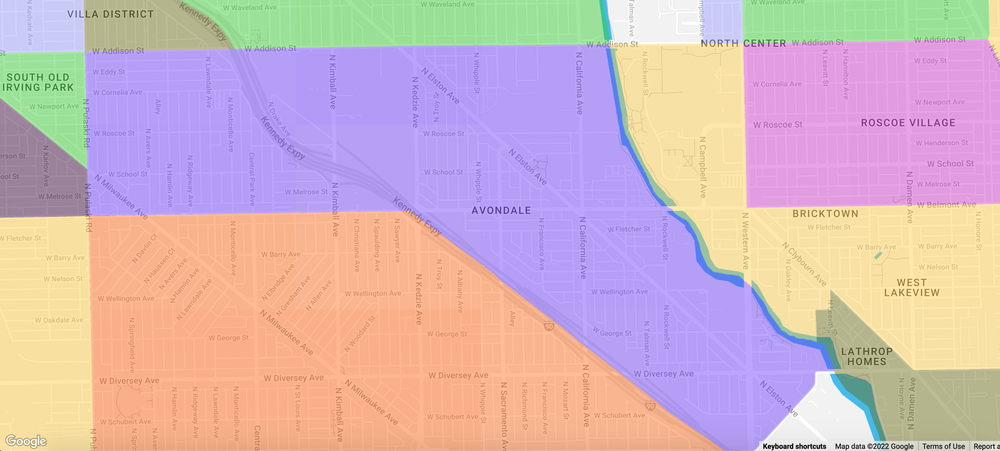
Map of the area considered to constitute the neighborhood of Avondale
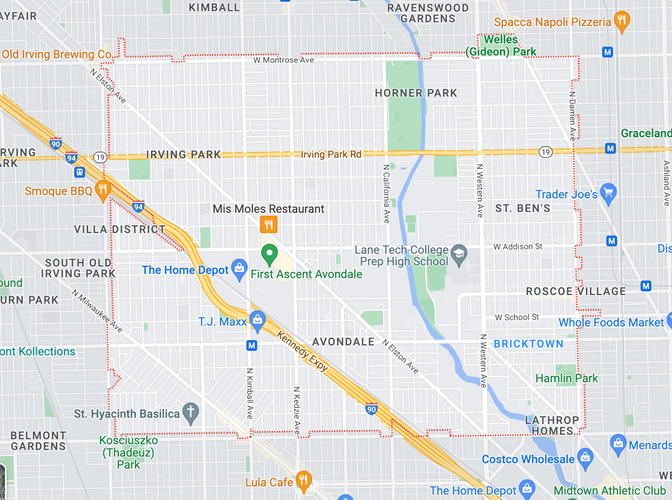
Here we see an outline of the 60618 zip code, which is centered around Avondale’s major streets but also includes Irving Park and St. Ben’s, as well as parts of Logan Square and Roscoe Village (source: https://www.dreamtown.com/maps/chicago-zipcode-map)
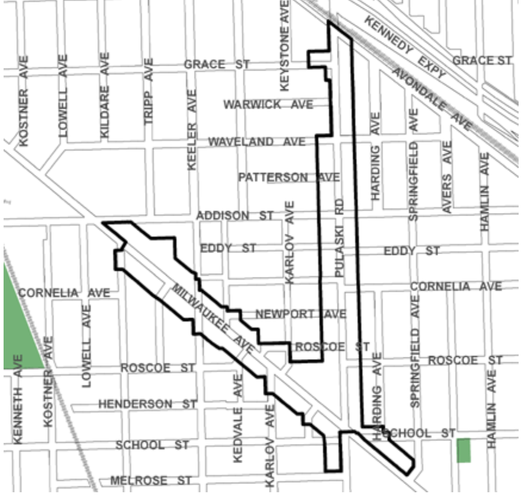
Source: https://www.chicago.gov/city/en/depts/dcd/supp_info/tif/avondale_tif.html
This picture outlines the Avondale TIF zone. Chicago’s Tax Increment Financing Program (TIF) facilitates the financing of neighborhood development or infrastructure improvement projects through capturing the increase in the value of local assets associated with the project in question. Avondale’s TIF is located at the intersection of Pulaski Rd. and Milwaukee Ave., which places it in the northeast part of the neighborhood, along its border with the southern portion of the Old Irving Park neighborhood.
Initially part of various routes of Native American prairie trails through the area, the history of modern-day Avondale can be traced back to the peak of Chicago industry and migration-fueled expansion. Located along both the North Branch of the Chicago River and various important railroad tracks, what was once a sleepy suburb part of the larger Jefferson Township eventually became host to heavy industrial activity. One moniker for the area that persists until today is “the neighborhood that built Chicago” given the crucial importance of Avondale’s brickyards in new, fire-safe construction after the Great Fire of 1971 (as well as the economic weight of its industrial sector).
Avondale, along with the rest of Jefferson Township, would eventually be annexed to Chicago in 1889. This led to a sustained period of rapid growth, during which infrastructure improvements funded by the city consolidated Avondale as a major working class neighborhood within Chicagoland. The availability of industrial employment and the construction of much needed housing stock attracted waves of Scandinavian, Central and Eastern European immigrants through the 1920s. By the 1930s, the Polish population came to constitute over 30% of Avondale’s population, and the area became an important part of Chicago’s larger Polish Village. Polish settlement was especially concentrated in two nodes on the north and west sides of Avondale, two of the so-called “Polish Patches”, known as Jackowo and Wacławowo by the Polish community. The final significant wave of Polish migration, subdivided into the Solidarity and Post-Solidarity migrations of the 80s and 90s, saw Polish institutions in Avondale revitalized by the arrival of a new generation of Polish Chicagoans, along with Eastern Europeans from other post-Soviet States. This period also saw Avondale cemented as a center of political activity and artistic and cultural expression for the Polish diaspora.
Though a Black community settled in Avondale in its early days (in fact, Black parishioners founded the neighborhood's first ever church), the segregationist development policies that have characterized much of the urban growth experienced in Chicago ensured that, for much of its history, the neighborhood’s place as an important center for migrant diasporas in the city was limited to white newcomers. That being said, this began to shift in the 1980s. Throughout the final decades of the 20th century, Avondale became a prominent destination for Mexican and Puerto Rican immigrants. The neighborhood also contains pockets of Central American and Asian diasporic settlement. For example, Avondale is also one of the centers of Chicago’s Filipino community. Though Avondale’s Polish heritage is still baked into the neighborhood ecosystem, much of the Polish population has dispersed to the suburbs or other neighborhoods since its peak in the mid-20th century. By 2000, 62% of the community area’s population self-identified as Hispanic or Latine.
Recent shifts in population dynamics are once again reshaping the neighborhood, as gentrifying forces spreading along the Milwaukee and Elston Avenue corridors challenge the area’s working class history. As a result of gentrification, the area’s white population has been expanding more rapidly than other population groups in yet another reversal of settlement trends in Chicago’s former industrial heavyweights.
References
https://chicago.suntimes.com/entertainment/avondale-neighborhood-things-to-do/#:~:text=Initially%20a%20quiet%20suburb%2C%20Avondale,city%20of%20Chicago%20in%201889.&text=Like%20the%20rest%20of%20the,initial%20settlers%20were%20Native%20Americans.
http://www.encyclopedia.chicagohistory.org/pages/98.html
https://chicago.curbed.com/2016/4/12/11414228/chicago-avondale-neighborhood-guide-polish-village
https://avondaleneighbors.wordpress.com/history-of-avondale/
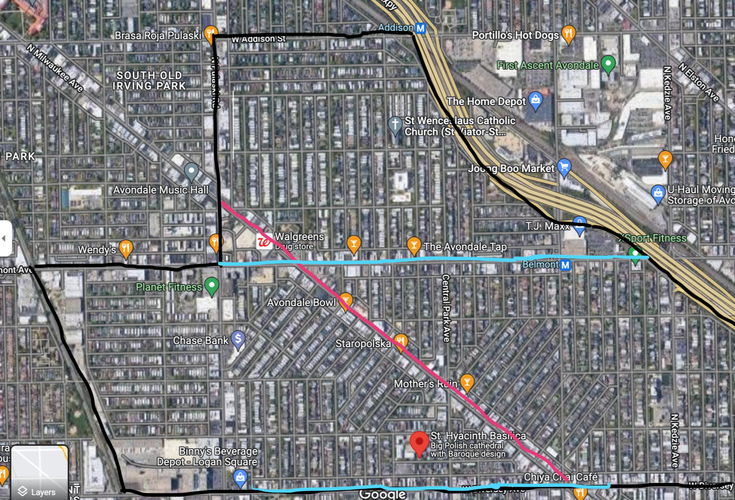
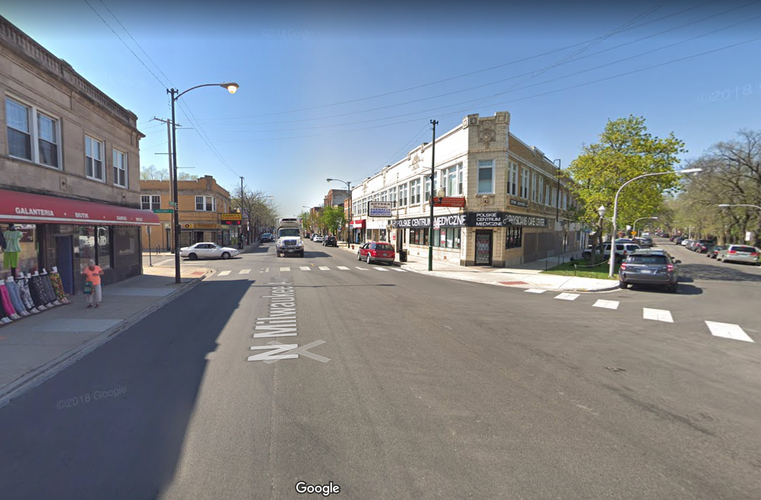
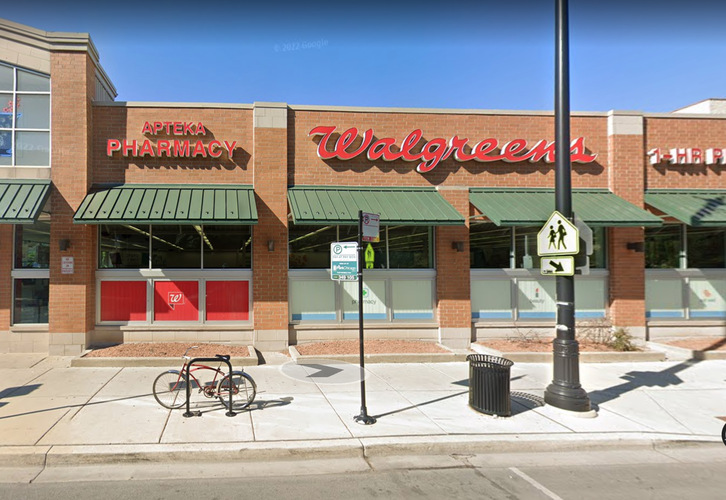
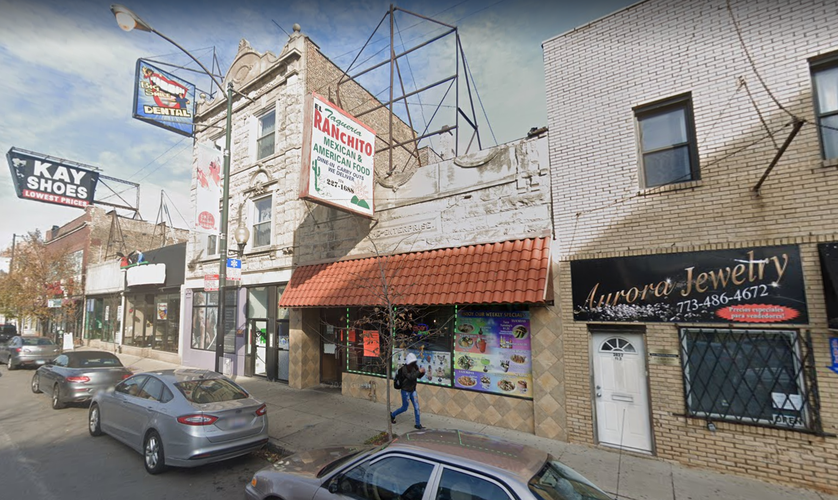
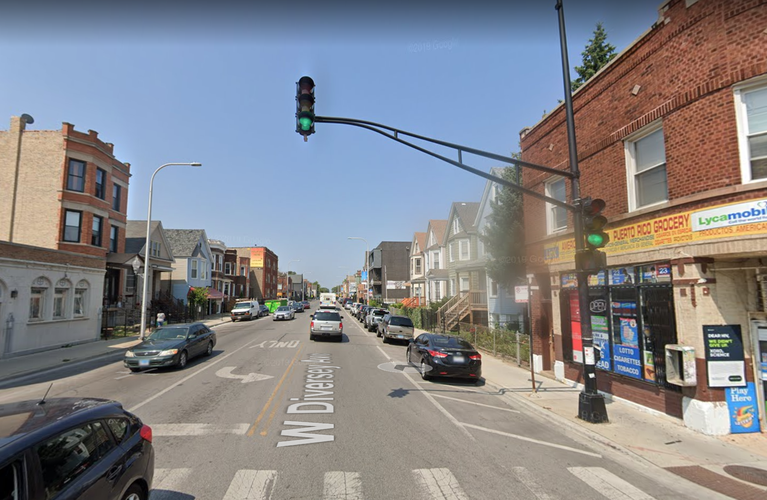
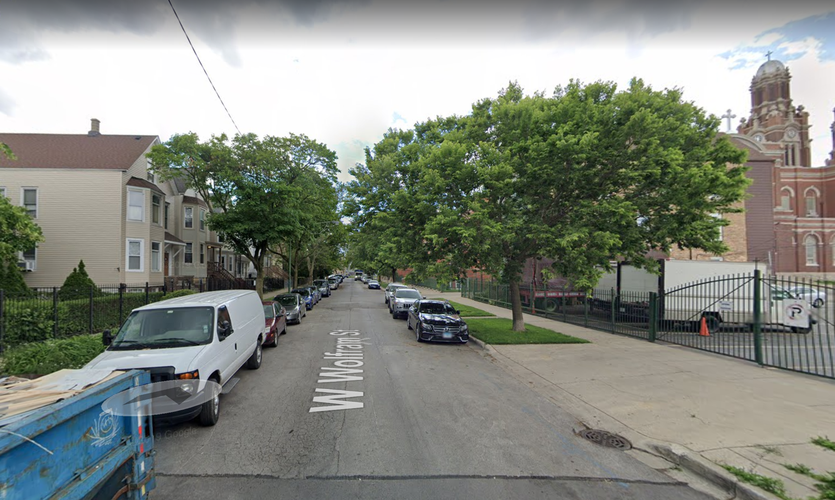
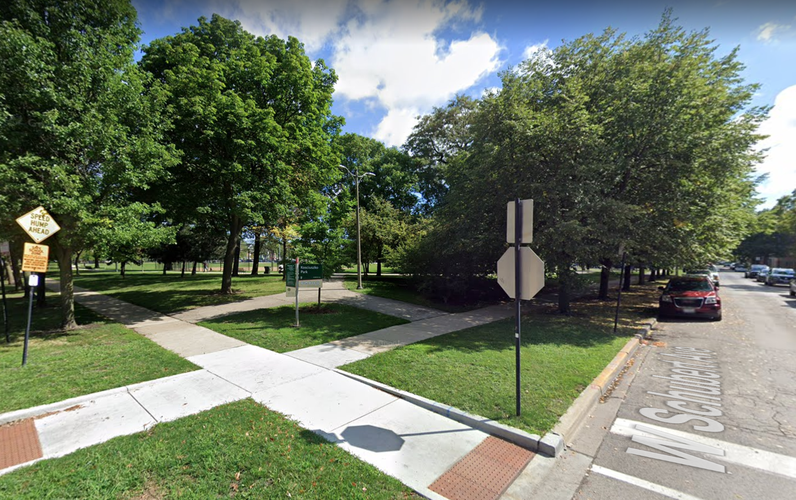
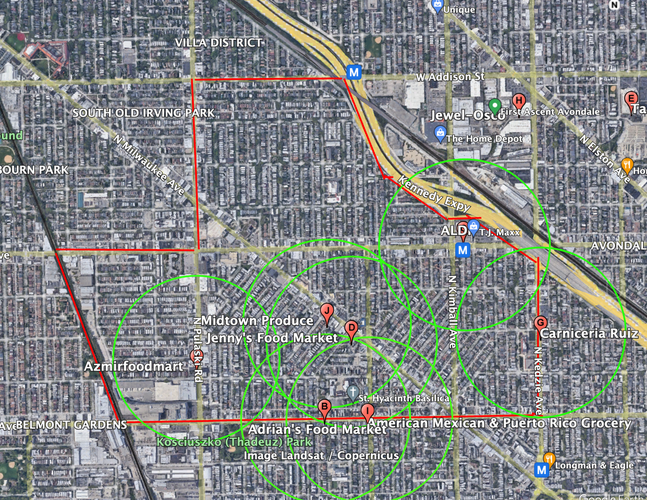
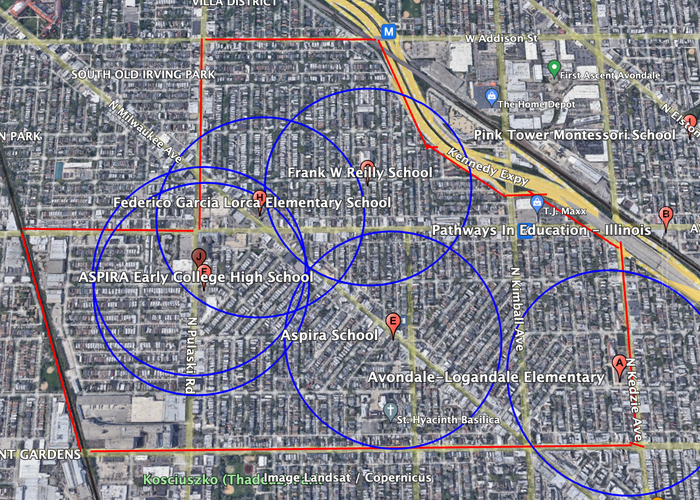
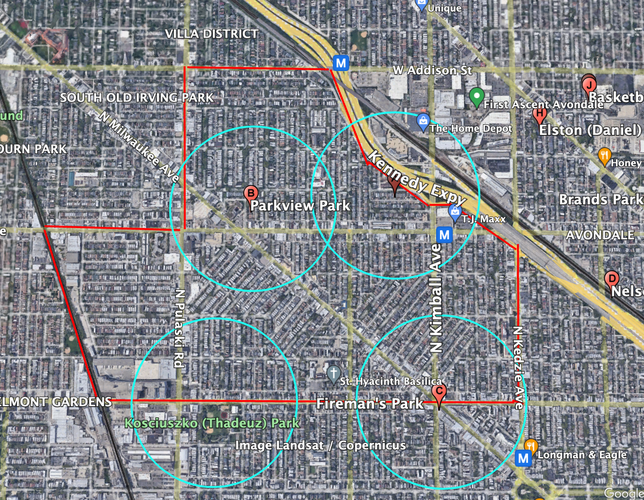
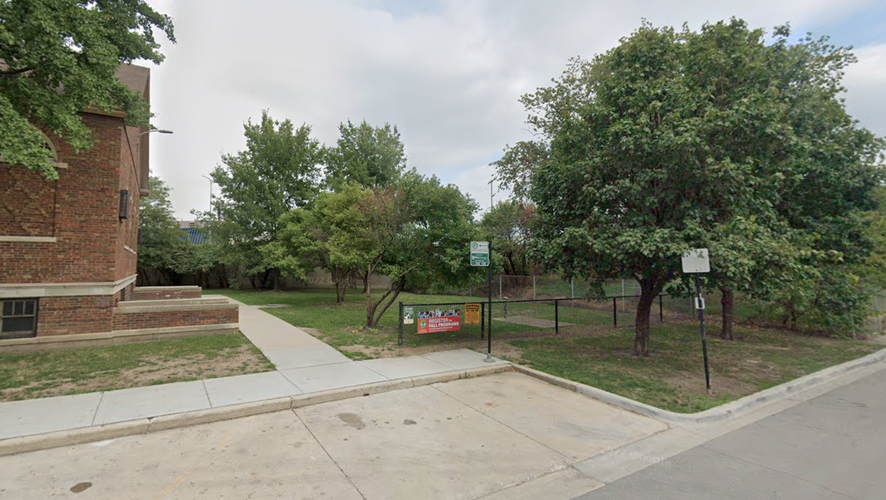

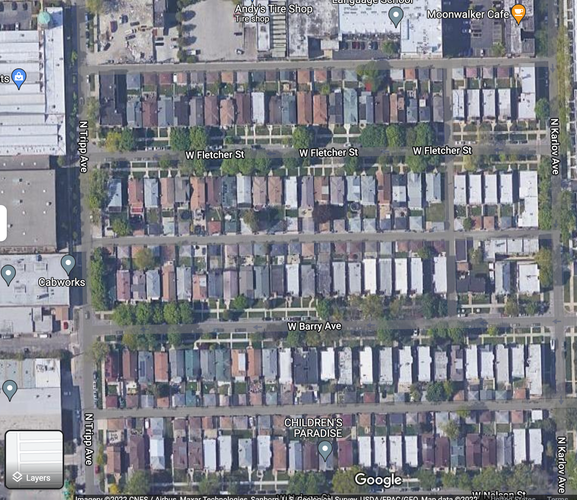

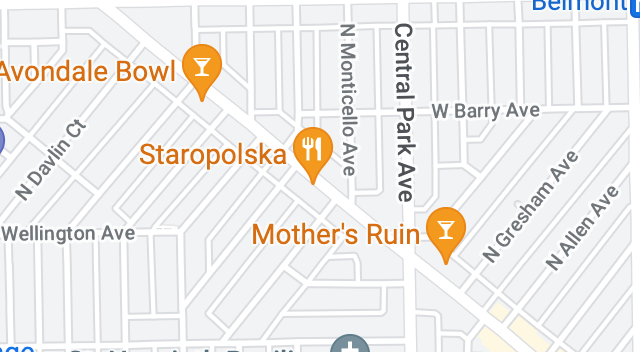
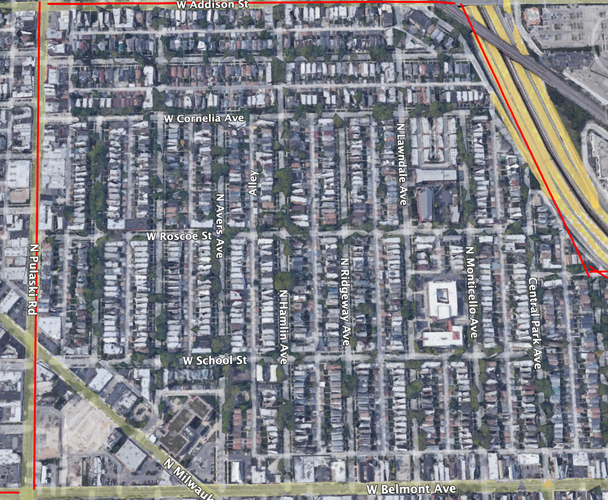
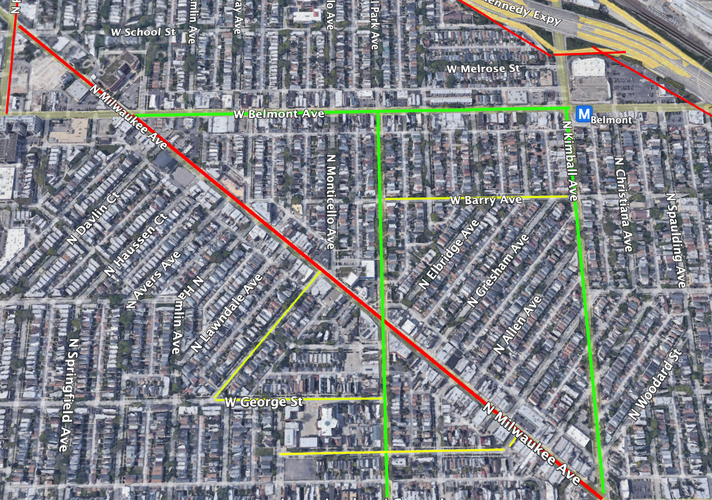
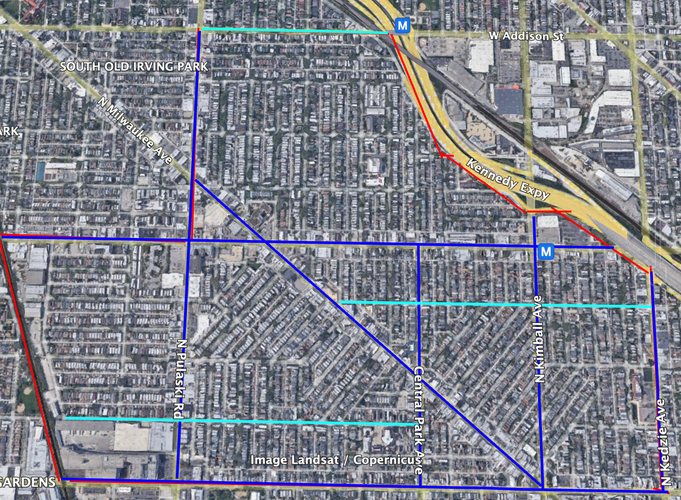
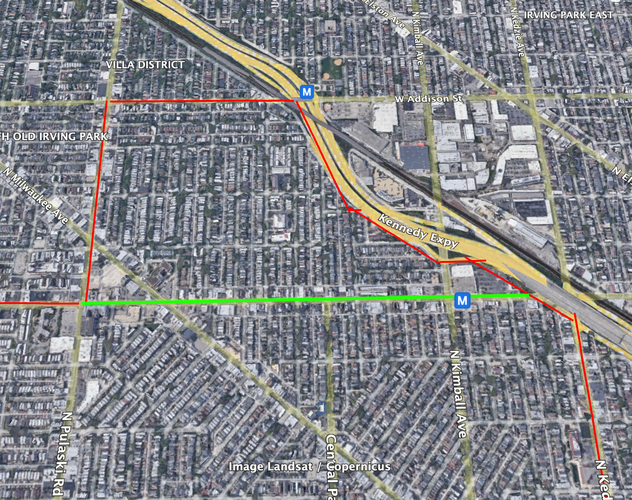
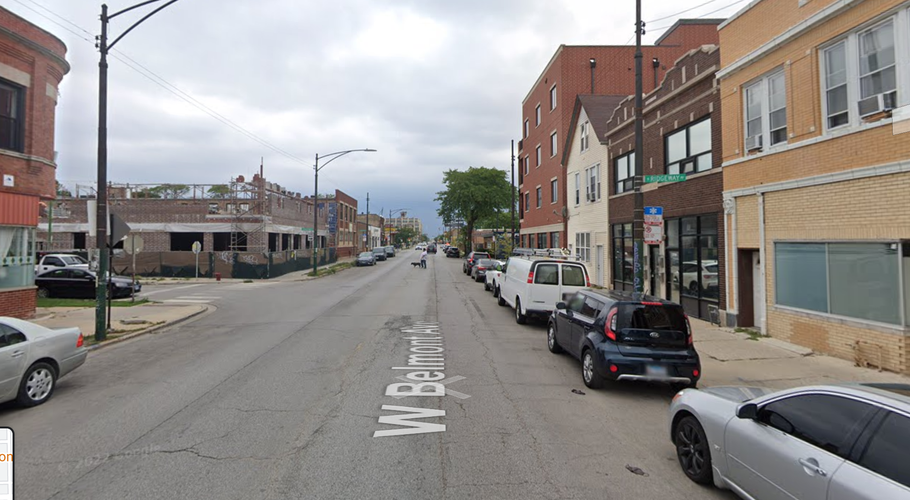
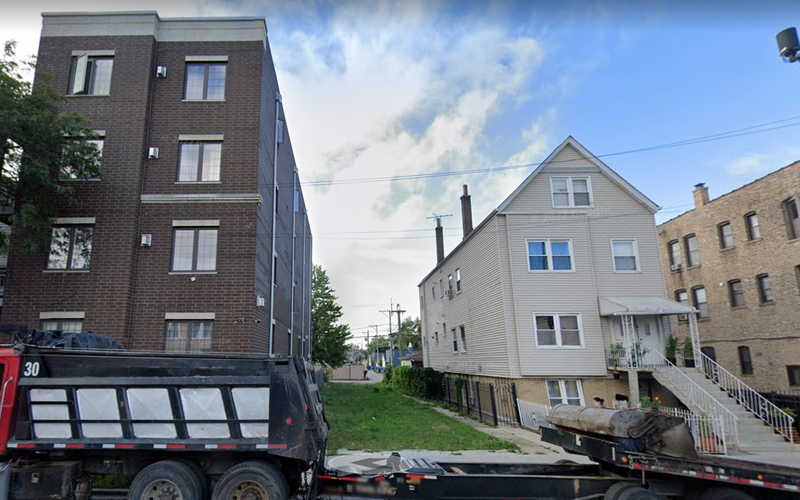

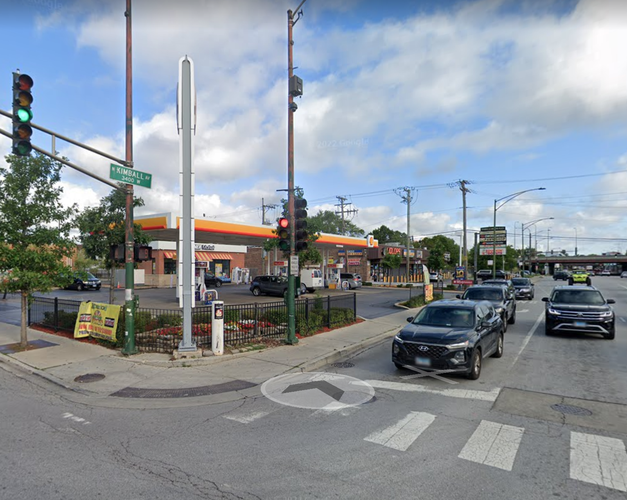
Social Mix
The following tables lay out several demographic indicators regarding the Avondale neighborhood. Given the lack of a legal framework for Chicago’s neighborhoods, and the consequent lack of specific neighborhood-by-neighborhood demographic data, I have pulled information from US Census Tracts 2105.01, 2105.02, 2106.02, 2107, 8311 (from Social Explorer), as they most accurately cover the area corresponding to Avondale (the neighborhood, not the identically-named Community Area).
These census statistics really bring to light the demographic transformation that has taken place in Avondale over the past 30 years. At first glance, the large majority of the population identifies as White, which we can infer is not necessarily a major shift compared to the Avondale of the 70s and 80s. However, upon closer examination we see that modern-day “White” identifications may have much more to do with the incompatibility of many Latin American racial and ethnic identities with American racialization (a lack of widespread recognition of mestizaje, for example). Once we conflate racial and ethnic data, we get a fuller picture of how Avondale has transformed into a much more diverse neighborhood today. In a sense, Avondale serves as a case-study of shifting immigration patterns to Chicago, as Mexicans, Puerto Ricans and, to a somewhat lesser extent, Central Americans, overtake Central and Eastern Europeans as the city’s primary immigrant groups. That being said, we can observe the influence of historic redlining patterns and their effect on settlement and urban community formation in the area’s relatively smaller Black population.
In terms of age groups, Avondale’s population seems to be concentrated in the “middle” of the demographic period, with those aged 18-64 making up the bulk of the area’s population. This phenomenon is not unique to Avondale, and reflects longer-term population trends in the United States. Interestingly, Avondale is fairly diverse as far as educational attainment.
As expected, Avondale’s Simpson Diversity Index was lowest for the racial identification category, and it seems to be far less diverse than the city overall. However, in line with the city of Chicago, Avondale is highly income diverse, a trait which is becoming exceedingly rare in many American neighborhoods.